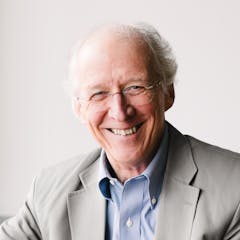Measure Your Favorite Authors By What the Bible Includes
What the Bible teaches keeps us in line with reality. But what the Bible includes keeps us balanced and protects us from ill-advised overstatement.
As he came to Christ C. S. Lewis was learning from J.R.R. Tolkein that Christianity is “true myth.” “It really happened.”
Then he says, “The ‘doctrines’ we get out of the true myth are of course less true: they are translations into our concepts and ideas of that which God has already expressed in language more adequate, namely the actual incarnation, crucifixion, and resurrection.”
My Bible awareness triggers a response: “More adequate” for what?
Certainly the events of incarnation, crucifixion and resurrection are “more adequate” to accomplish redemption. These events accomplished my redemption. No concept or idea could do that.
But these events are not “more adequate” for proclaiming the meaning of the events. Events are proclaimed with words. And words only have meaning when put together as concepts or ideas. This is how the apostles proclaimed the events so that people could grasp what happened and embrace the meaning of them and be saved.
For this we need words. Deeds are not adequate to communicate the meaning of deeds.
How do I know this? Why do I react this way to Lewis’ comment? Because the Bible is more than deeds. The Bible is dense with conceptual explanations of what God was doing in the deeds.
I infer from this that God considers the concepts and ideas of the Bible to be essential for grasping God’s purposes in the “true myth.”
I am protected from overstatement and imbalance by knowing what the Bible includes.
I encourage you to measure your favorite authors and your favorite quotes by what the Bible teaches and what the Bible includes.




